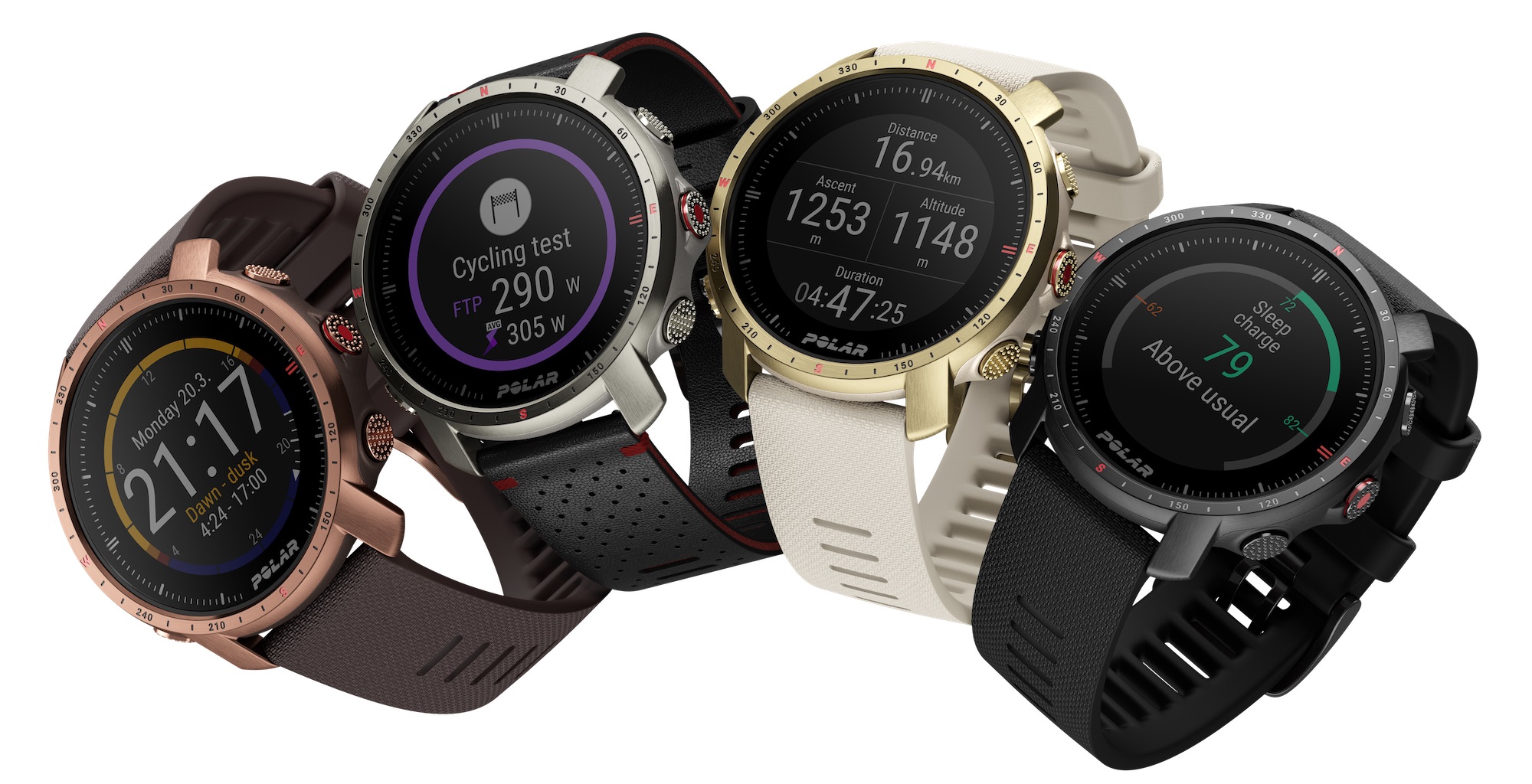Polar Grit X Pro watch review
Is the Polar Grit X Pro enough of an upgrade to justify the spend? James Witts finds out...

Polar’s original Grit X is one of our favourite training watches of recent times. The new X Pro features minor upgrades, plus a swathe of functions seen on the Vantage V2, which we reviewed recently.
When it comes to pure multisport, you’re given the usuals, namely GPS and heart rate information on open-water swimming, pool swimming, triathlon mode, cycling (road, indoor, mountain biking) and running (trail, road, treadmill).
The GPS is very good, picking up and retaining signal reliably; the optical heart rate’s solid for its kind, delivering reasonable chest-strap accuracy until you crank up the running. When you’re tuned into GPS mode, battery life’s around 40hrs. That’s good, albeit a modicum of power’s saved by the brightness of display. It’s okay but not pin-sharp.
The Pro’s major evolution is the battery of physical tests seen on the Vantage. You can now assess your multisport performance via cycling FTP tests, a running VO2max test, a leg-recovery test and an orthostatic test based on heart rate and heart rate variability data. They’re all beneficial to state of readiness to train.
Not borrowed from the Vantage is enhanced navigation that offers turn-by-turn routing. Yes, it’s only a breadcrumb trail but it’s still of use. You can also tap into the side profile, which highlights where you’re positioned on the elevation. It maintains the Hill Splitter feature from the original.
This is useful for hill-rep sessions that you can collect data from and so accurately prescribe for the next time you do it. It’s just a shame that breadcrumb trail doesn’t combine with the Hill Splitter function to flag up duration and difficulty of the climb’s remaining metres for pacing.

Another upgrade’s a musical one, though it’s to control the music on your phone rather than storage. That means changing volume or skipping tracks. And you can now pair your Pro X with Zwift for on-the-screen HR data. It’s perfect timing for the winter months but connection is erratic.
As you’d expect for a watch at this price, there are many more features to analyse the life out of your performance, from measuring sleep quantity and quality to a virtual coach that recommends sessions each day, though they’re more fitness-specific than multisport-specific. Scrolling’s via touchscreen and good solid buttons. In all honesty, I’m very much a committed button man, especially during the off-season when gloves are standard.
Overall, it’s a fine watch, but there are disappointments. If you have the original Grit X, there’s not enough useful newness here to warrant the spend. It also feels a little lazy, its major changes coming from the Vantage V2. That’s clearly not a biggy if you don’t have a Vantage V2, but it does highlight the trend of ‘upgrades’ feeling somewhat underwhelming.
Verdict: A fine watch, albeit one lacking in upgrade inspiration.
Score: 79%
Also consider…
Garmin Forerunner 945

In our Forerunner 945 review, we described the Garmin Forerunner 945 as “the most complete tri watch we’ve used to date’. It offers improved battery life over its predecessor, a new optical HR sensor and a range of tracking/analysis upgrades.
Features such as Training Effect and Training Load offer useful data and are intuitive to use, while the screen is clear, vibrant and large enough to make the most of the excellent mapping function.
You get the same connectivity you’d expect from a Garmin, as well as seamless connection with third-party apps. In short, it has everything a modern triathlete needs.
Read our full review of the Garmin Forerunner 945 here.




